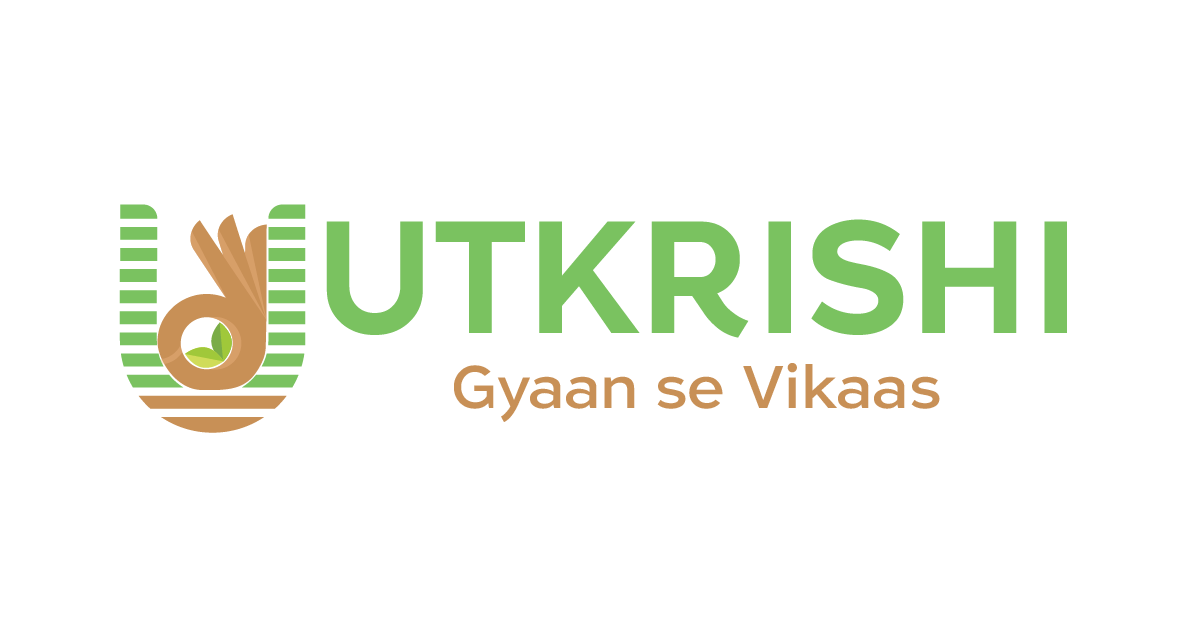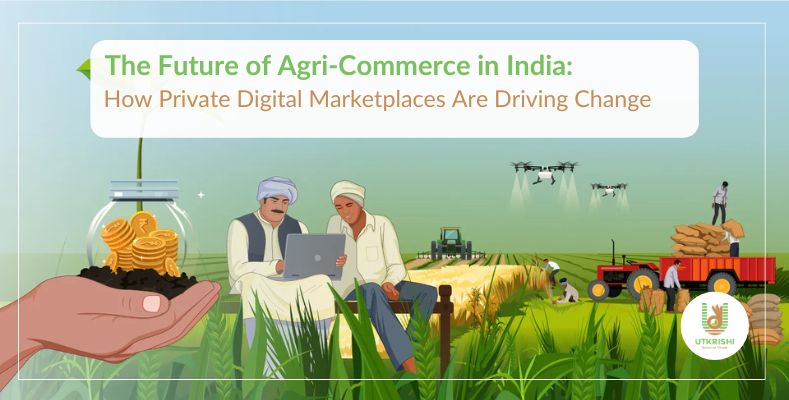India, a country where agriculture sustains nearly half of its population, is experiencing a revolutionary shift in how agricultural trade is conducted. Agri-commerce, powered by digital technologies, is at the center of this transformation. Among the key drivers of this change are private digital marketplaces, which are reshaping the agricultural supply chain, empowering farmers, and bringing transparency to the sector.
In this blog, we explore the impact of Agri-Commerce in India, the role of private digital platforms, and what the future holds for India’s agricultural trade.
The Emergence of Agri-Commerce in India
For years, Indian farmers have faced challenges such as limited access to markets, low price transparency, and inefficient supply chains. Agri-commerce has emerged as a solution, digitizing agricultural trade and enabling farmers to connect directly with buyers, access real-time market prices, and sell their produce at fair rates.
Key government initiatives like e-NAM (National Agricultural Market) laid the foundation for digital trade. However, private digital marketplaces have stepped in to address critical gaps, offering advanced solutions tailored to the needs of farmers.
The Role of Private Digital Marketplaces in Agri-Commerce
Private digital platforms have brought innovation and efficiency to the agricultural sector. They act as intermediaries between farmers, buyers, and other stakeholders, leveraging technology to create seamless and transparent trading ecosystems.
Key Contributions of Private Digital Marketplaces
- Direct Market Access
Platforms like DeHaat, Ninjacart, and AgriBazaar connect farmers directly with retailers, wholesalers, and exporters, reducing the dependence on traditional middlemen.
- Better Price Discovery
Digital platforms provide farmers with real-time price information from multiple markets, helping them make informed selling decisions.
- Efficient Logistics
Companies like Ninjacart streamline transportation and storage, reducing post-harvest losses and ensuring fresh produce reaches buyers quickly.
- Quality Input Supply
Marketplaces such as BigHaat and AgroStar deliver quality seeds, fertilizers, and farming equipment directly to farmers, improving productivity.
- Integrated Financial Services
Many private platforms offer financial tools like credit, insurance, and instant payments, enabling farmers to manage cash flow effectively.
Impact of Private Digital Marketplaces on Farmers
Private digital platforms are transforming the lives of Indian farmers by addressing long-standing challenges:
- Higher Income: By connecting directly with buyers, farmers earn better margins.
- Reduced Waste: Efficient logistics prevent spoilage, particularly for perishable goods.
- Access to Markets: Farmers can now sell their produce beyond local mandis, reaching buyers across states and even internationally.
- Improved Productivity: Access to quality inputs and timely advisory services boosts crop yields.
Success Stories of Private Agri-Commerce Platforms
- Serves over 1.5 million farmers by offering end-to-end solutions, including market linkages, crop advisory, and input supply.
- Helps farmers increase their profitability by 20-30%.
- A leading player in perishable goods logistics, directly connecting farmers with retailers to ensure fair prices and reduce waste.
- Handles over 1,000 tons of fresh produce daily.
- Provides a marketplace for farmers to sell their produce to buyers across India, ensuring transparency and fair pricing.
- Facilitated transactions worth thousands of crores in just a few years.

Challenges Facing Private Marketplaces
Despite their success, private digital platforms face several challenges:
- Digital Literacy: Many farmers lack the skills to navigate digital platforms effectively.
- Infrastructure Gaps: Poor road networks and inadequate cold storage hinder logistics.
- Scaling Operations: Expanding to remote areas remains a challenge due to limited internet penetration.
- Building Trust: Convincing farmers to shift from traditional systems to digital platforms requires time and effort.
The Future of Private Digital Marketplaces in Agri-Commerce
The future of private digital marketplaces in India’s agriculture sector is bright. Several trends and innovations will drive their growth:
- Blockchain Technology
Platforms will use blockchain to enhance transparency, ensuring traceability from farm to fork and building consumer trust.
- AI and Data Analytics
Advanced technologies will predict market trends, optimize pricing, and offer personalized recommendations to farmers.
- Global Market Access
Digital platforms will enable Indian farmers to sell their produce directly to international buyers, opening up new revenue streams.
- Collaborations with Governments
Partnerships between private platforms and government initiatives like e-NAM will create a more integrated and efficient agricultural trade network.
Conclusion
Private digital marketplaces are at the forefront of India’s agri-commerce revolution. By connecting farmers directly with buyers, offering real-time market insights, and optimizing logistics, these platforms are empowering farmers and reshaping the agricultural supply chain.
As technology continues to evolve and more farmers embrace digital tools, the potential for private agri-commerce platforms to drive economic growth and improve livelihoods is immense. With the right investments in infrastructure, education, and policy support, India’s agriculture sector can achieve unprecedented heights in the years to come.
The future of Indian agriculture is digital—and private digital marketplaces are leading the way.
Utkrishi is a digital marketplace that simplifies agro-commerce by providing tools for FPOs and agri-enterprises and enabling last-mile credit access. It’s designed to make agriculture easier and more efficient for everyone in the value chain.


